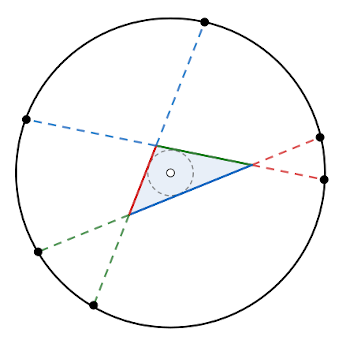In Mathematics in Fun and in Earnest (2006), Nathan Altshiller-Court describes an ancient method of finger arithmetic to compute the product of two numbers in the range 6-10. Each number is assigned to a finger (on both hands):
6: little finger
7: ring finger
8: middle finger
9: index finger
10: thumb
Now, to multiply 7 by 9, hold your hands before you with the thumbs up and touch the ring finger of one hand to the index finger of the other. These two fingers and all the others physically below them number six and count for 60 toward the final result. Above the joined fingers are three fingers on one hand and one on the other — multiply those two values, add the result (3) to the existing 60, and you get the final answer: 7 × 9 = (6 × 10) + (3 × 1) = 63.
“Besides its arithmetical uses, this clever trick may also serve, with telling effect, to enhance the prestige of an ambitious grandfather in the eyes of a bright fourth-grade grandson,” Altshiller-Court observes. “Competent observers report that it is still resorted to by the Wallachian peasants of southern Rumania.”







